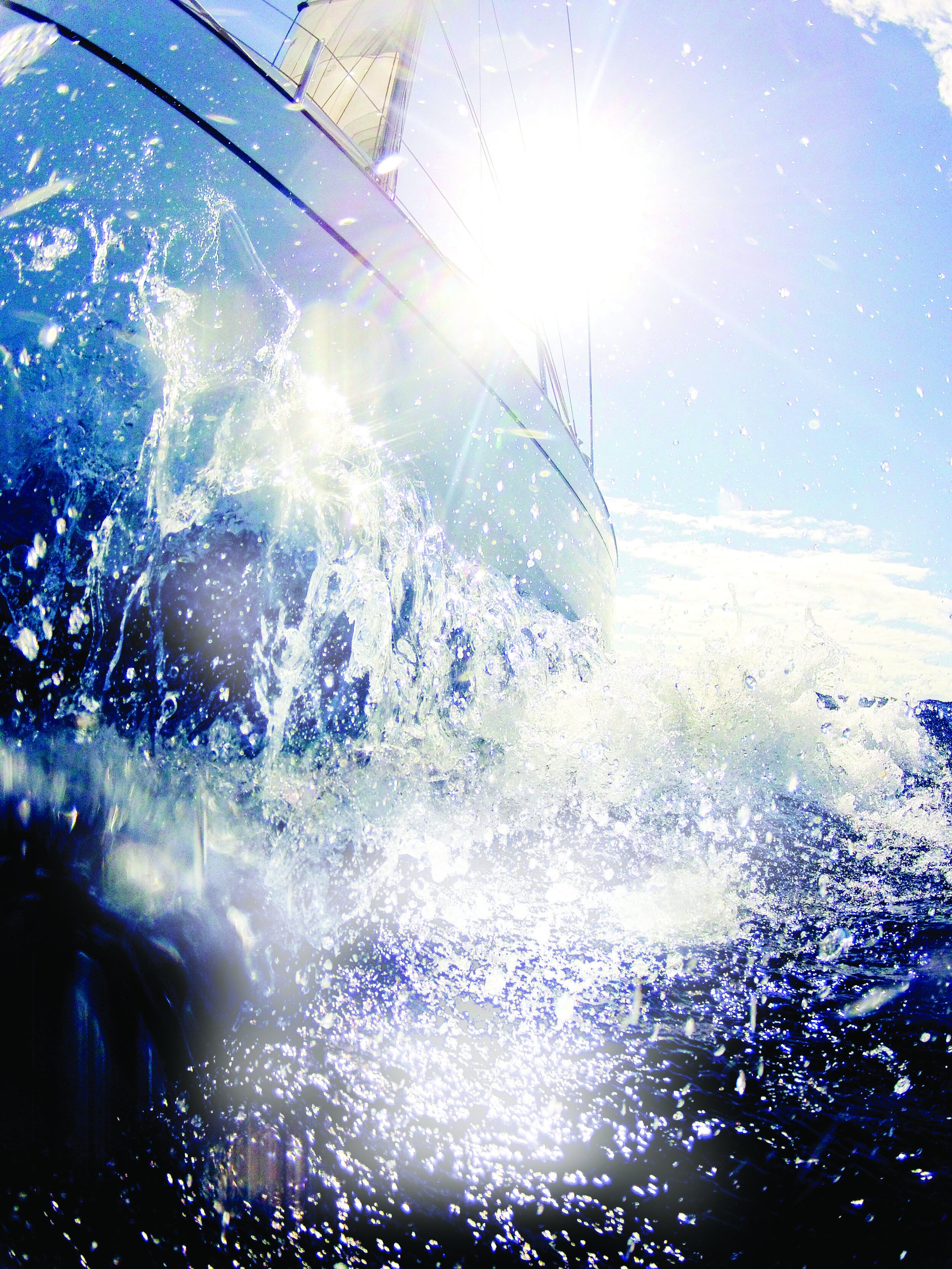
The News, Culture and Practice of Sailing woodenboats
in Australia, New Zealand & The South Pacific.
Classic Performance: an Alternative View
A very long time ago I was in the boatyard talking to a retired marine engineer who had hauled his 35 -foot long keel yacht out for maintenance. Knowing I was a budding naval architect he imparted what he though was wisdom to me. “Look at that boat” he said, puffing his pipe whilst pointing to the modern fin keel yacht hauled out next to his. “It’s completely unsound to separate the keel out like that and hang it from the hull with a few bolts. It’s much too radical a design for offshore sailing”. The boat in question was an S&S 34
Classic Performance - Part IV
A well-balanced hull however, retains a stable longitudinal position of CLR as it heels. This property is crucial to ensuring the balanced helm of a yacht. If the boat is also directionally stable, it is even possible for the hull balance to be matched to the turning effect of the heeled rig, enabling the boat to free-sail ‘hands free’ at any heel angle.
Classic Performance - Part III
A boat is directionally stable when CLP is aft of LCG, even when the rudder is free to turn. It is said to be in a state of ‘stable equilibrium’. These craft with long keels or skegs aft tend to track straight ‘hands free’ without the need to hold the tiller and they also track straight under tow, but are directionally unstable and difficult to steer when moving backwards.




